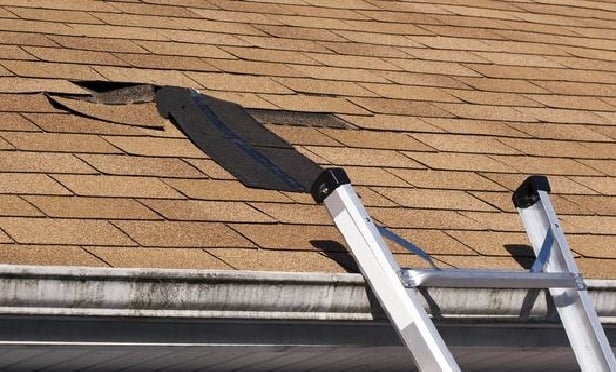 Armed with accurate roof age data, insurers can help homeowners take proactive risk mitigation measures, such as repairing or replacing a damaged roof before hurricane season begins. Insurers may also use roof age to inform crucial policy decisions, such as whether to deliver actual cash value (ACV) or replacement cash value (RCV) following a claim. (Photo: Arenacreative/iStockphoto.com)
Armed with accurate roof age data, insurers can help homeowners take proactive risk mitigation measures, such as repairing or replacing a damaged roof before hurricane season begins. Insurers may also use roof age to inform crucial policy decisions, such as whether to deliver actual cash value (ACV) or replacement cash value (RCV) following a claim. (Photo: Arenacreative/iStockphoto.com)
For P&C insurers, knowledge is power. The more you know about a property's current and historical condition, the better equipped you are to make decisions at every stage of the policy lifecycle. One current significant gap in this knowledge is roof age.
Recommended For You
Want to continue reading?
Become a Free PropertyCasualty360 Digital Reader
Your access to unlimited PropertyCasualty360 content isn’t changing.
Once you are an ALM digital member, you’ll receive:
- Breaking insurance news and analysis, on-site and via our newsletters and custom alerts
- Weekly Insurance Speak podcast featuring exclusive interviews with industry leaders
- Educational webcasts, white papers, and ebooks from industry thought leaders
- Critical converage of the employee benefits and financial advisory markets on our other ALM sites, BenefitsPRO and ThinkAdvisor
Already have an account? Sign In Now
© 2025 ALM Global, LLC, All Rights Reserved. Request academic re-use from www.copyright.com. All other uses, submit a request to [email protected]. For more information visit Asset & Logo Licensing.





